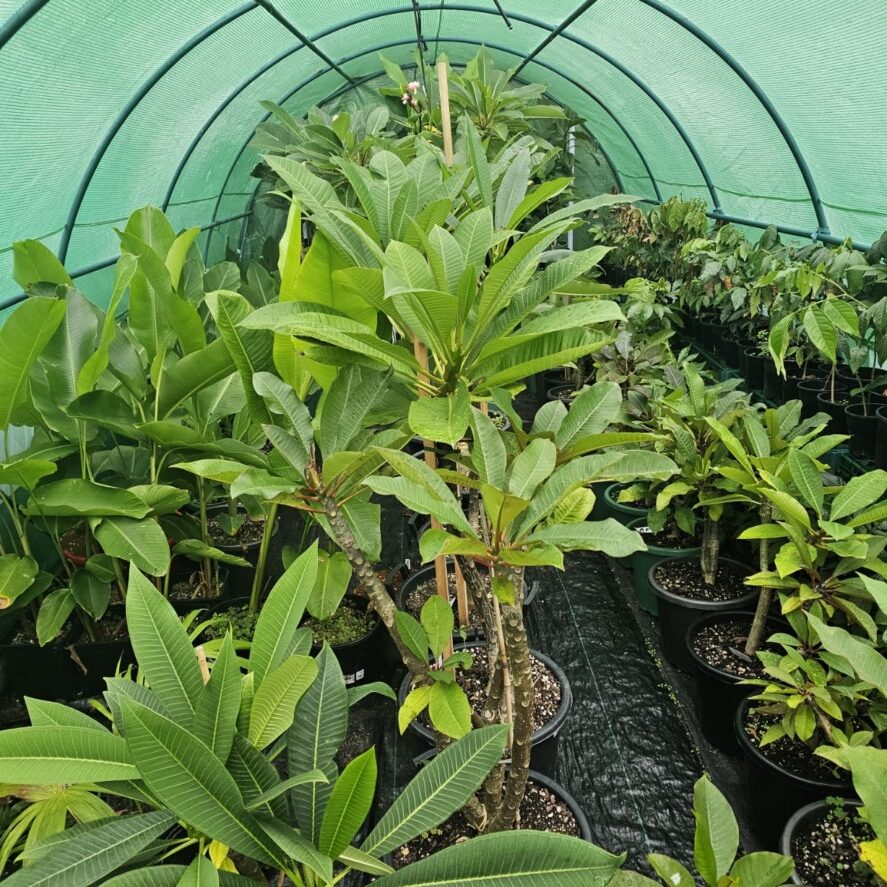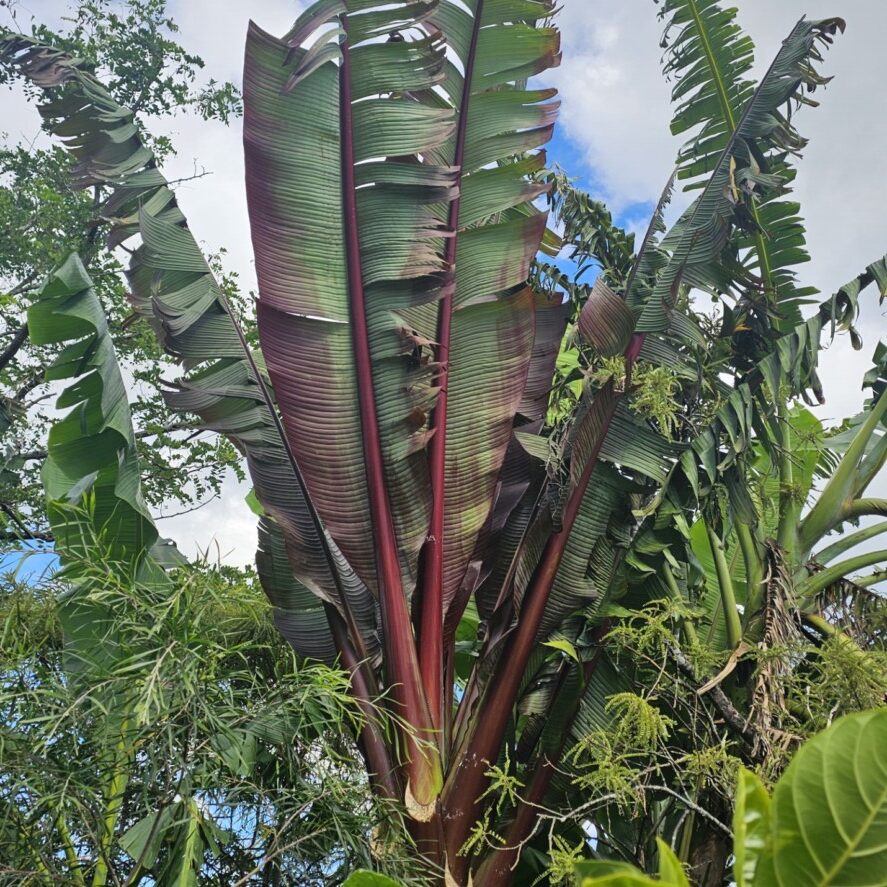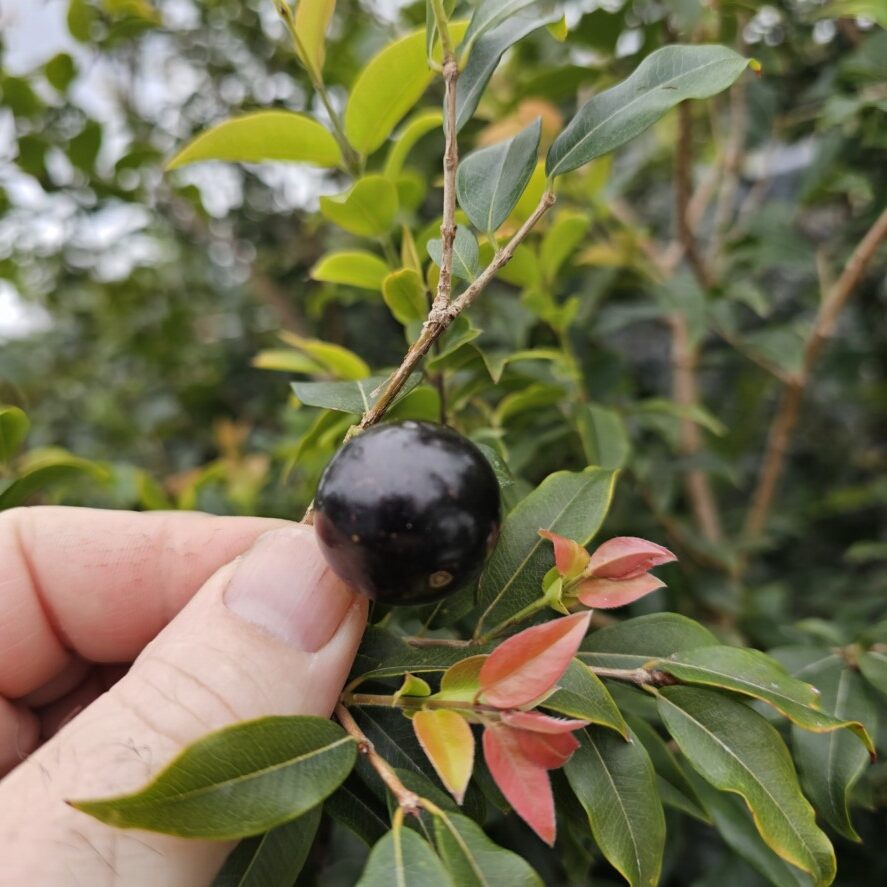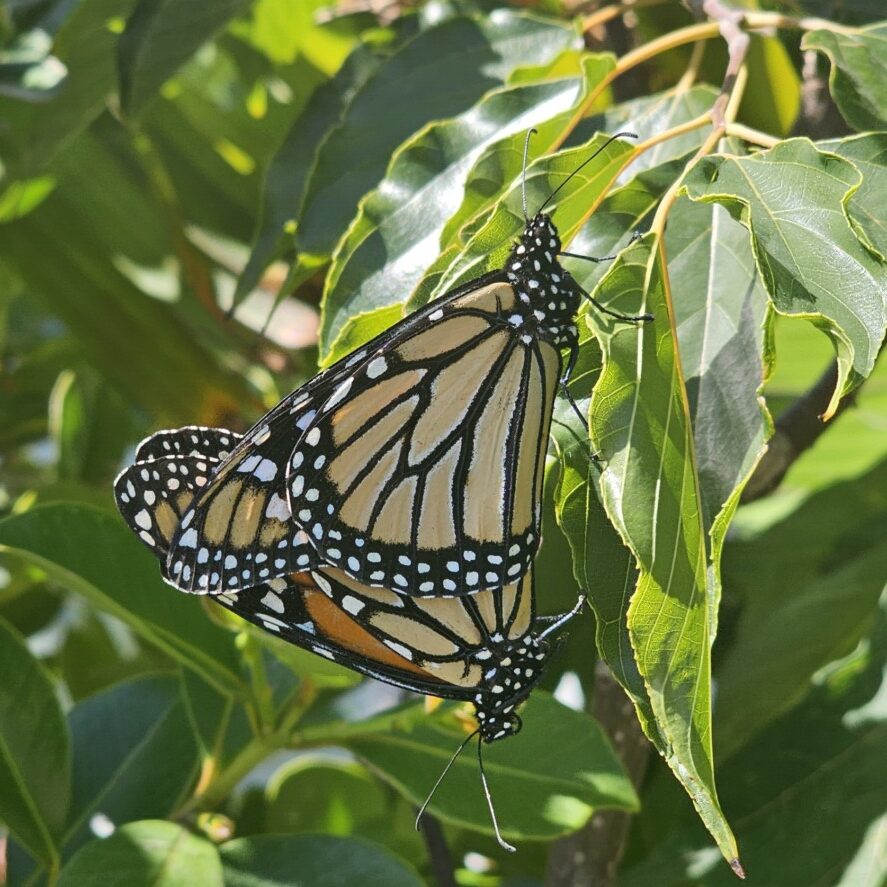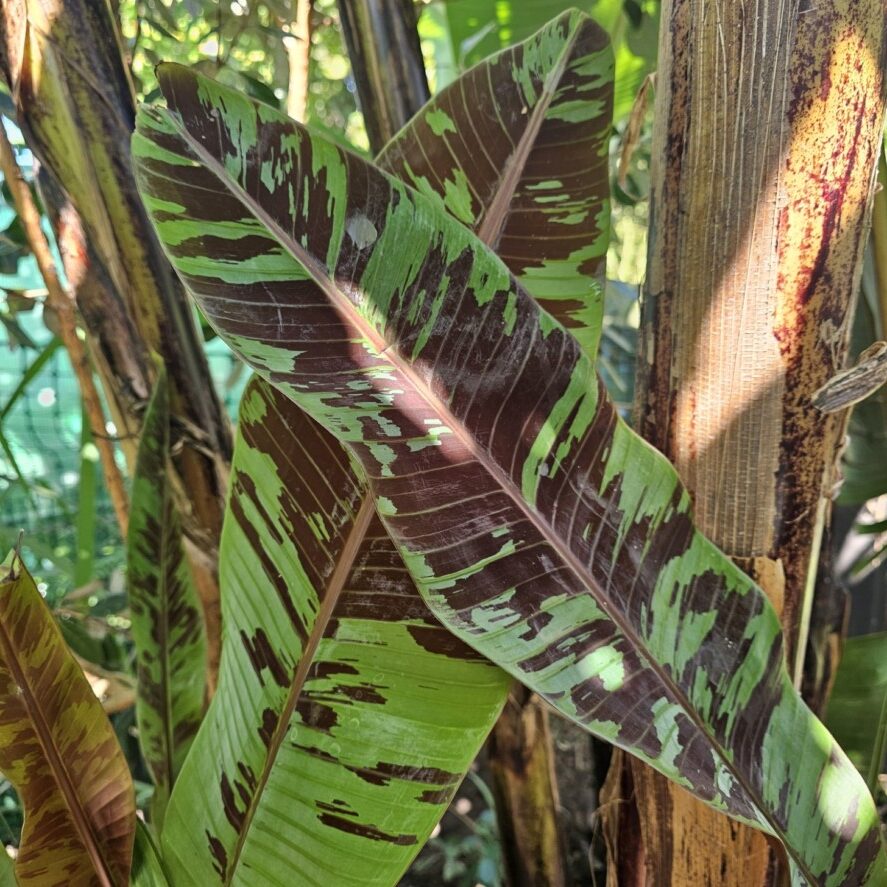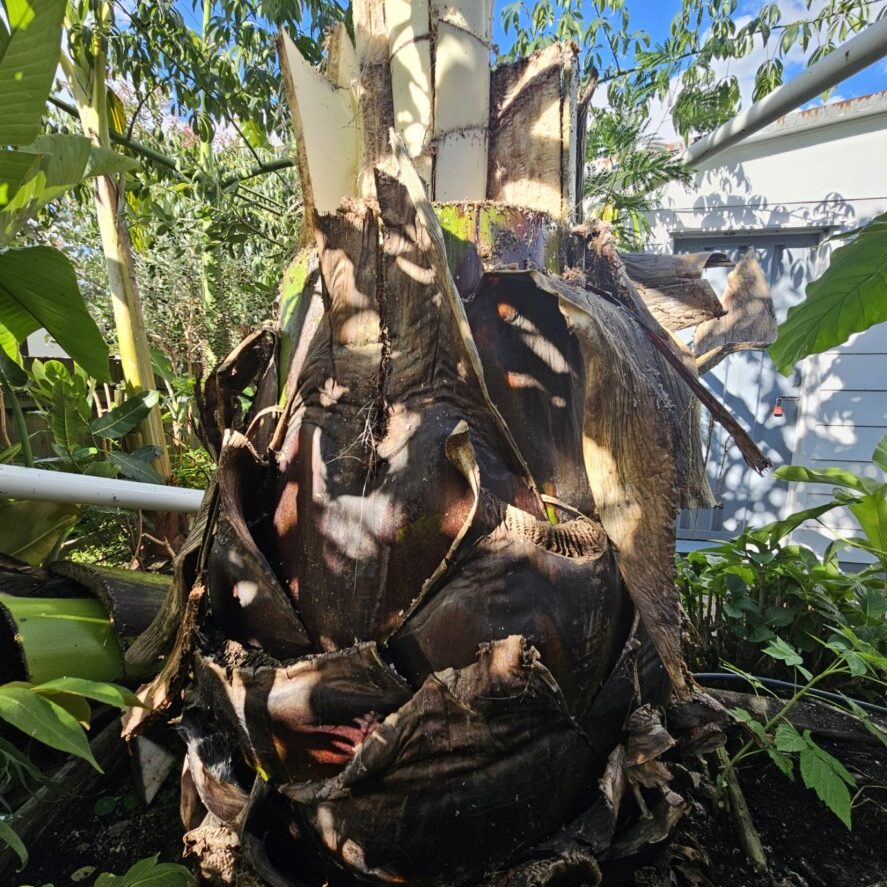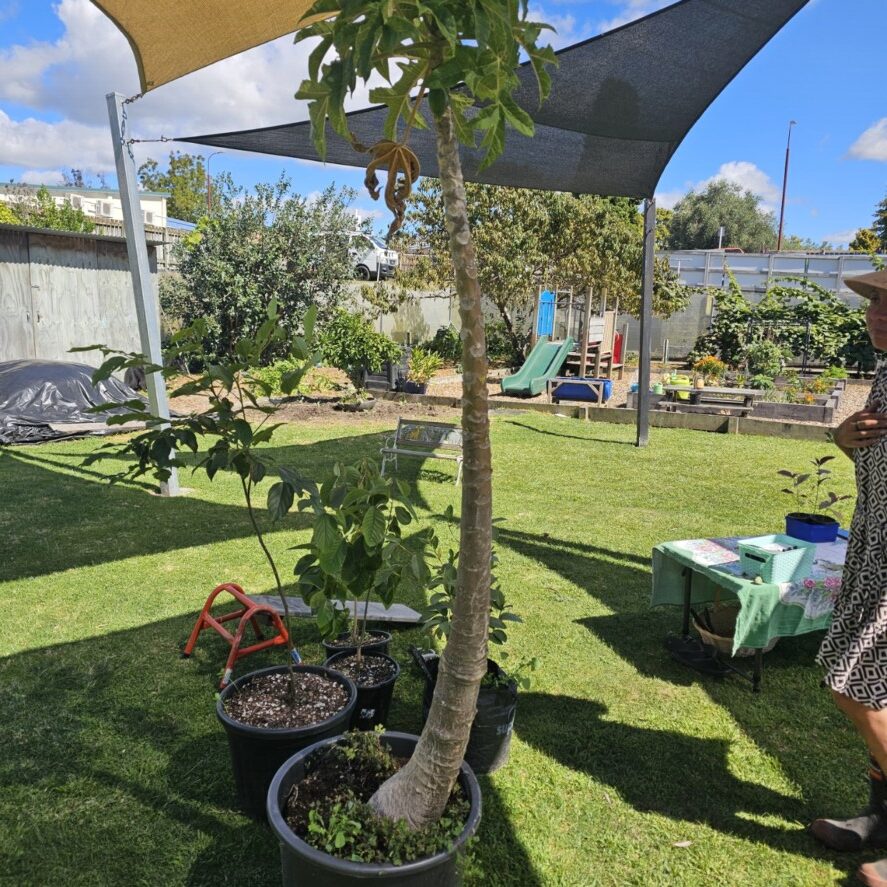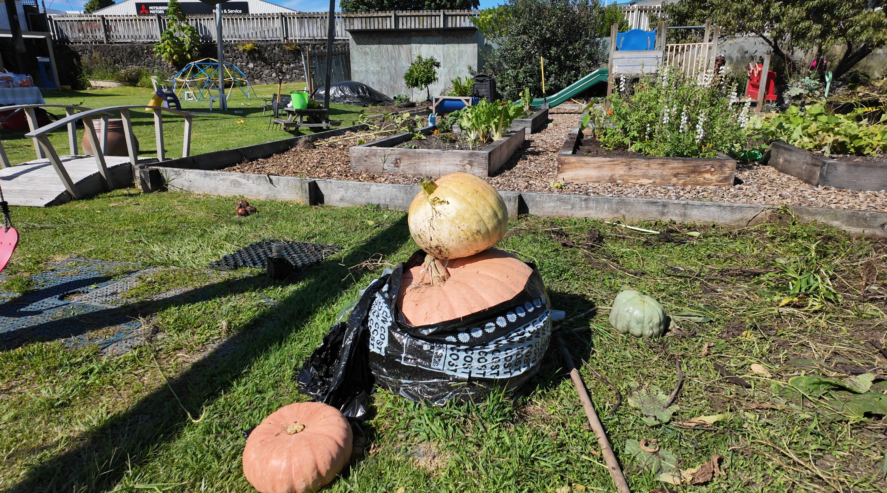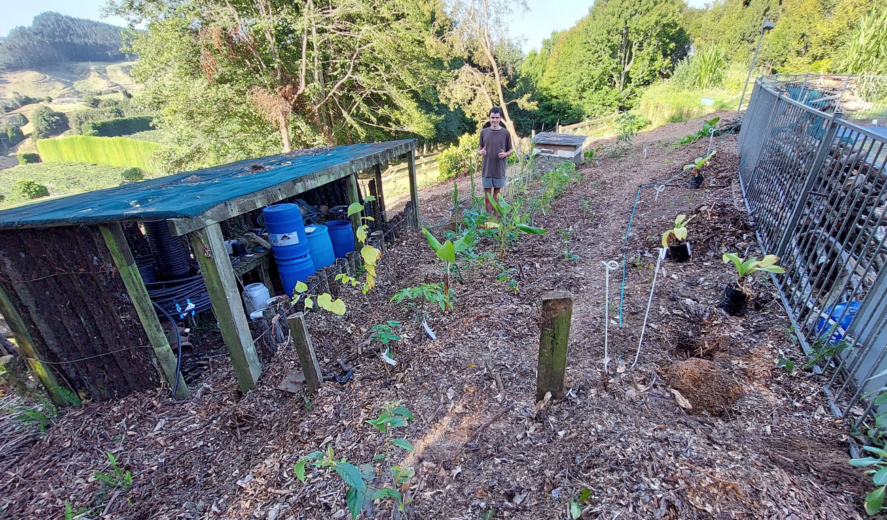-
Troppo Plant & Garden Articles
- Te Puke Region
- TROPPO’s Food Forest in Te Puke, BOP (www,foodforest.org.nz)
- Troppo’s Plant Collection
- TROPPO's Nursery Directory
- Food Forests of New Zealand (www.foodforests.nz)
- Nursery Map - Plant Suppliers of NZ Directory (www.nurserymap.nz)
- Kids Garden Corner
- New Zealand Garden Bird Survey
- New Zealand Garden Groups
- Delicious Recipes
🍌 Preventing Banana Plants from Falling Over: A Simple Support Method 🍌
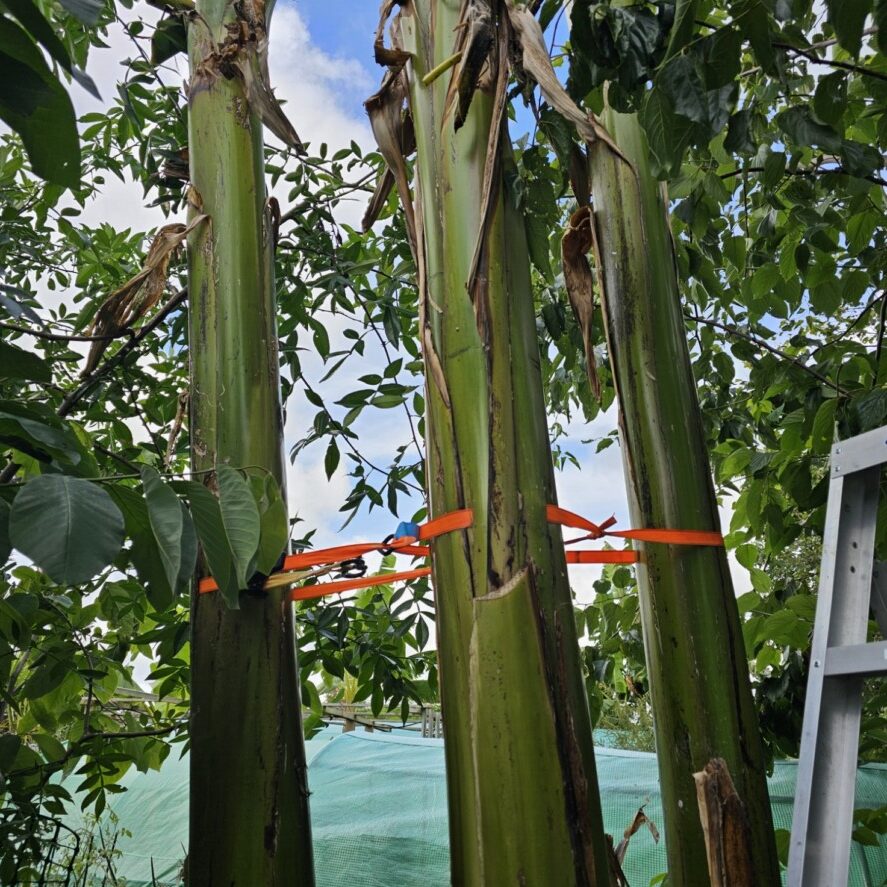
Banana plants are heavy feeders and fast growers, producing lush foliage and large fruit bunches. However, their shallow root systems and top-heavy nature make them prone to falling over, especially in high winds or when bearing heavy fruit. While traditional methods involve staking or tying them back to nearby structures, there is a more effective, self-contained way to prevent banana plants from toppling—using a ratchet strap secured through the stem. 🚀
💨 The Problem with Banana Plants Falling Over
Bananas are not trees but rather large herbaceous plants composed of tightly packed leaf sheaths forming a “pseudostem.” This structure, while sturdy, lacks deep anchoring roots, making it susceptible to:
- Wind damage – Strong gusts can easily topple plants. 🌬️
- Weight stress – Heavy bunches cause the plant to lean or collapse. 🍌💨
- Shallow roots – Without deep anchorage, plants struggle to remain upright.
- Soggy soil – Excess moisture weakens the base, increasing the risk of falling. 🌧️
Once a banana plant falls, its growth cycle is disrupted, and fruit production may be compromised. (No one likes sad, squashed bananas! 😥) To prevent this, the ratchet strap method offers a practical solution.
🤝 Using a Ratchet Strap for Support
Instead of staking or tying back banana plants, you can reinforce their stability using a ratchet strap. Here’s how:
🤝 Steps to Secure Banana Plants
- Wrap the Ratchet Strap Around the Plant
- Position the strap around the middle of the banana stem, ensuring it is snug but not overly tight.
- Create a Slit for the Strap
- Use a sharp knife to slice a small horizontal section through the outer layer of the stem. ✨
- The cut should be large enough to feed the strap through but not deep enough to harm the plant’s internal structure. (We’re not making banana sushi, folks! 🥩)
- Feed the Strap Through the Slit
- Use the knife tip to push the strap through the opening you created.
- This prevents the strap from slipping downward and ensures it stays in place as the plant grows.
- Tighten the Strap Firmly
- Adjust the ratchet to provide support without cutting into the plant. 🤔
- This technique distributes weight evenly and reinforces the pseudostem’s structure.
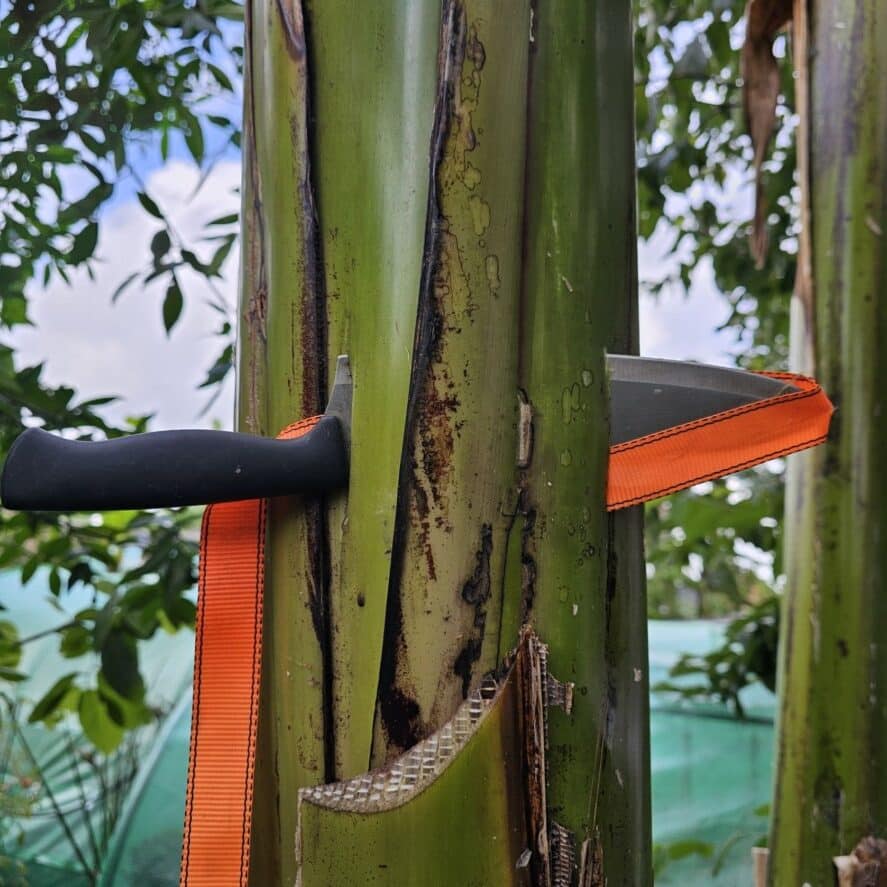 🌟 Why This Method Works
🌟 Why This Method Works
- Prevents the strap from slipping – By securing the strap through the stem, it stays in place rather than sliding down toward the base.
- Distributes weight effectively – Keeps the plant upright while allowing natural movement and flexibility.
- No external supports needed – Avoids reliance on stakes or structures, making it an independent support system. 😉
- Maintains plant health – The small incision does not significantly harm the plant, allowing continued growth and fruiting.
🚀 Final Thoughts
Banana growers often struggle with plants toppling under their own weight or due to strong winds. While staking and tying methods can work, the ratchet strap technique offers a self-contained, effective alternative. By slicing a small section of the stem and threading the strap through, you ensure the plant remains upright without external support.
This simple yet innovative method helps maintain stability, ensuring healthy growth and optimal fruit production. So go ahead, give your banana plants the support they need—because no one likes a fallen banana plant (except maybe gravity)! 😂🍌
Give this method a try in your banana patch, and you’ll notice a significant improvement in plant resilience and productivity! 🌿🍌

